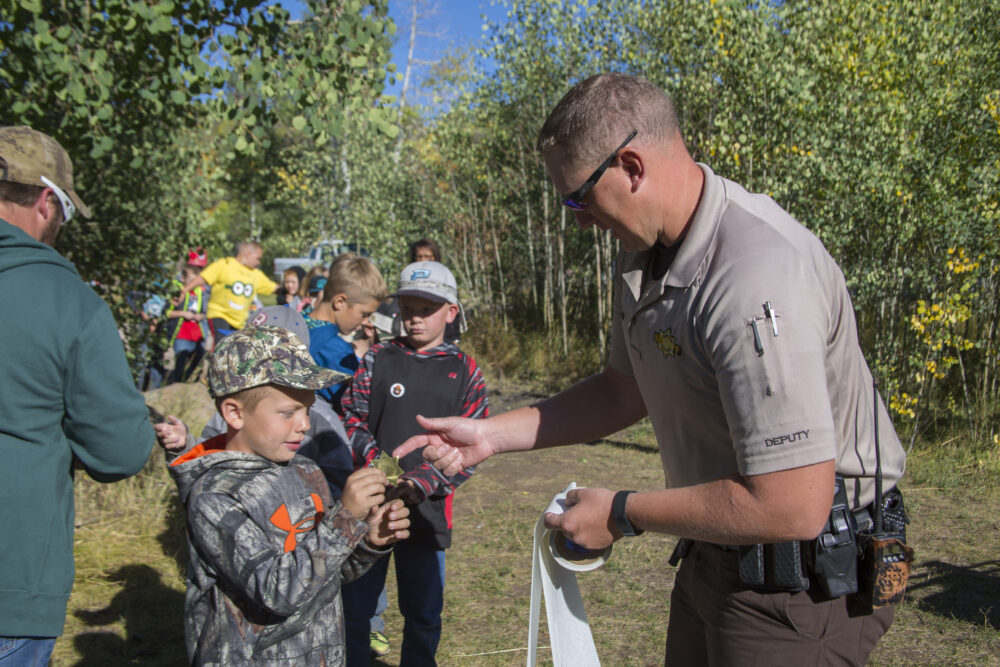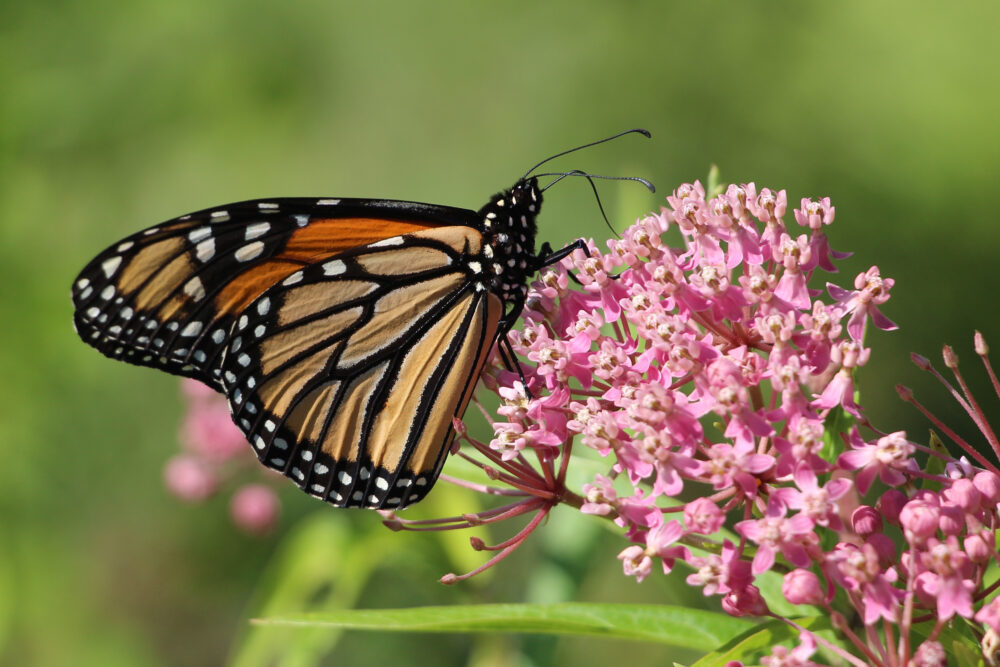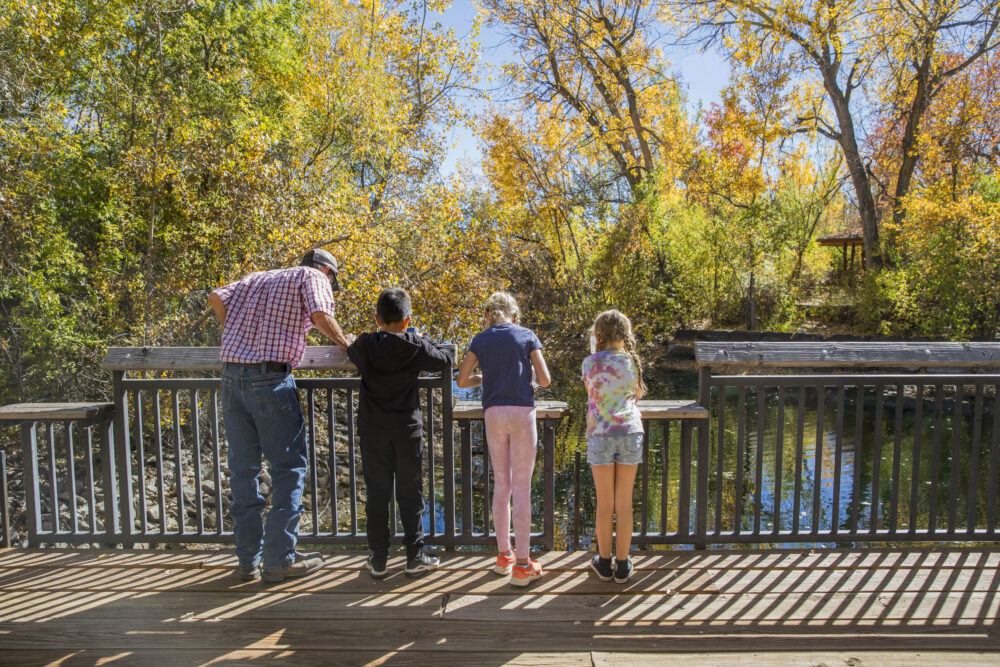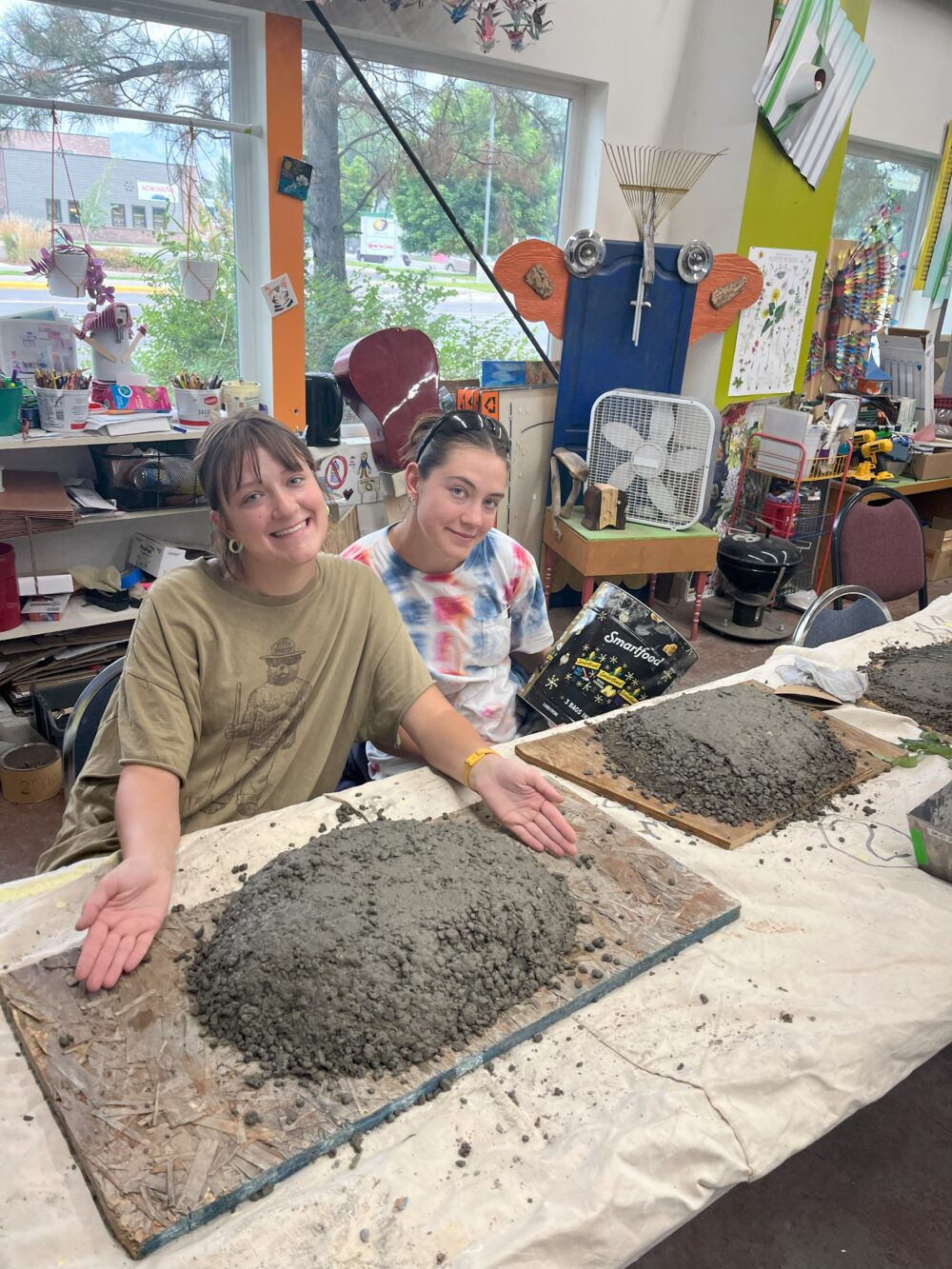We have much more to do and your continued support is needed now more than ever.
12 Ways Nature Can Help You Forecast Weather
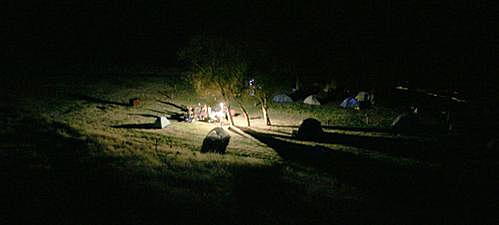
But to be forewarned is to be forearmed, if by armed you mean having a rain suit at hand during a weekend that may feature a cloud burst. Fortunately, for those who travel beyond reach of weather reports, nature provides a lot of clues about oncoming storms and sunshine .
Even close to home, these clues can be helpful. Are you taking part in NWF’s 8th annual Great American Backyard Campout on June 23? Then you can use these 12 tidbits that day to test your kids’ weather-reading ability, making a game out of their skill while at the same time bringing them closer to nature:
- Red sky: If the sky is red at night, the next day will likely be clear; if red in the morning, expect rain by the end of the day; remember, “Red sky at night, sailor’s delight; red sky in morning, sailor take warning.”
- Gray morning: A gray dawn with foggy valleys indicates—surprise!—a clear day ahead.
- Listen to frogs: Several hours before a storm hits, frogs increase their calling, apparently because the higher pre-storm humidity keeps their skin moist, allowing them to stay out of water longer.
- Summer halos: a hazy ring around the sun or moon in summer is a reliable sign that the weather pattern is in for a change, usually bringing rain.
- Dewy dawn: heavy morning or late-evening dew (or frost in cold months) may indicate 12 hours of continued good weather.
- Hair: the hair on your head will contract when damp and relax when dry, so straighter hair means dry weather, wavier or curlier means wet.
- Animals: cattle gather in lower elevations and away from exposed hills when the weather is about to change for the worse; in mountainous areas, deer, wild sheep and elk move from mountainsides to sheltered valleys as storms approach and go back up when the blow is over.
- Wind direction: winds from the south tend to bring rain (old adage: “Wind from the south brings rain in its mouth”), while winds from the north are associated with clear weather. On a similar note, if the wind has been blowing for the past few hours, rushing clouds along, and then suddenly dies, you are in for a major storm.
- Your nose: if you live on the Great Plains you may smell approaching rain—the lower pressure and higher humidity that come with rain cause the ground to emit a rich, sweet odor similar to that of fresh-mown hay.
- Campfire smoke: if smoke hangs low to the ground and drifts off into surrounding tree branches, rain is possible; if the smoke rises in a straight, vertical column, anticipate fair weather.
- Crickets: If you count the number of times a cricket chirps in 14 seconds, then add 40, you can get a close estimate of the air temperature in Fahrenheit; for example, 25 chirps in 14 seconds plus 40 equals 65 degrees F (note: air temperature on the ground where crickets hang out may be several degrees cooler than the air around your head).
- Coffee: stir strongly brewed coffee (no instant) in a mug with vertical sides to make bubbles form—if the bubbles scatter and then gather in the center, expect fair weather; if they cling to the sides of the cup, rain is possible.
Sign Up for the Great American Backyard Campout
On June 23rd , NWF will hold its 8th annual Great American Backyard Campout, in which families across the nation—from beginners to seasoned outdoor enthusiasts—pitch tents and spend the night outdoors. Last year, about 175,000 people joined in, more than 60 percent of them setting up camp in a backyard.
The campout is a lot of fun for kids, but it’s also more than that. In recent years, the experience of childhood has moved indoors—today, 25 percent of kids play outside daily, as opposed to 75 percent a generation ago—taking a toll on children. By participating in the Great American Backyard Campout, your children will explore the outdoors and put nature back into childhood. This activity can yield significant results: A study in the 1990s found that people who grew up to be conservationists almost invariably had someone in their lives who introduced them to nature as a child.
The Great American Backyard Campout: Sign up.
This blog was adapted from Basic Illustrated Weather Forecasting by Michael Hodgson. Copyright © 2008 by Michael Hodgson. Used by permission of FalconGuides, a division of Globe Pequot Press.
Photos for this blog were donated by competitors in the annual National Wildlife Photo Contest. See more photos or sign up for the 42nd annual National Wildlife Photo Contest. In addition to cash awards, winning photos appear in National Wildlife magazine and on the NWF website.











